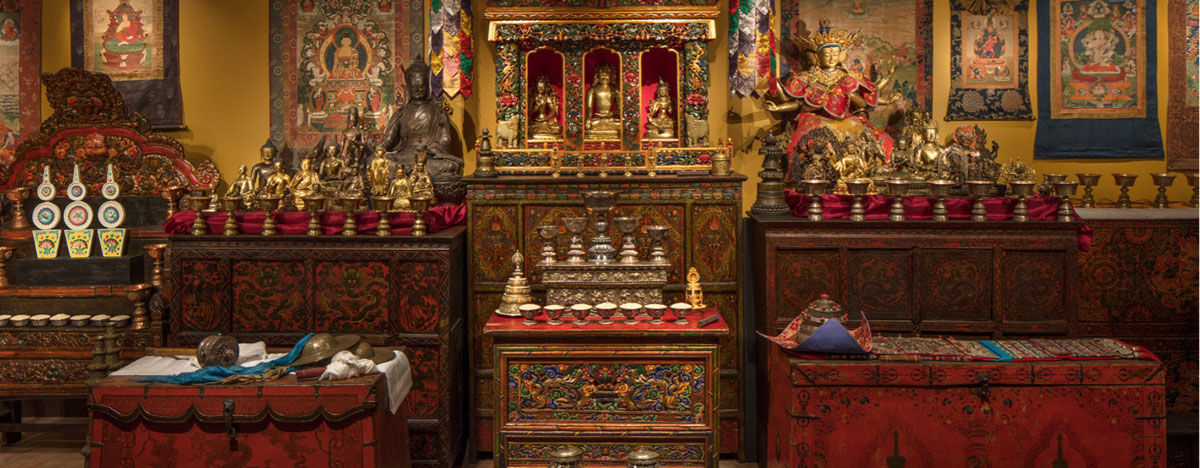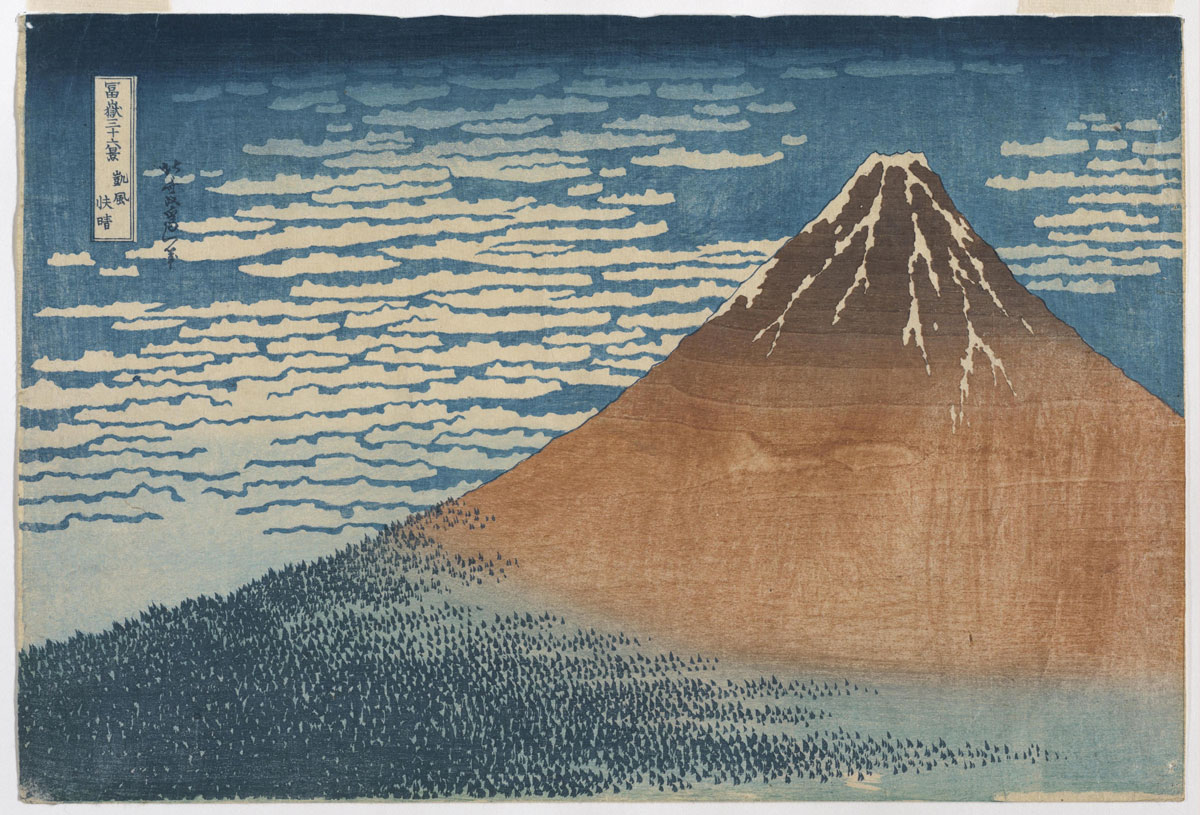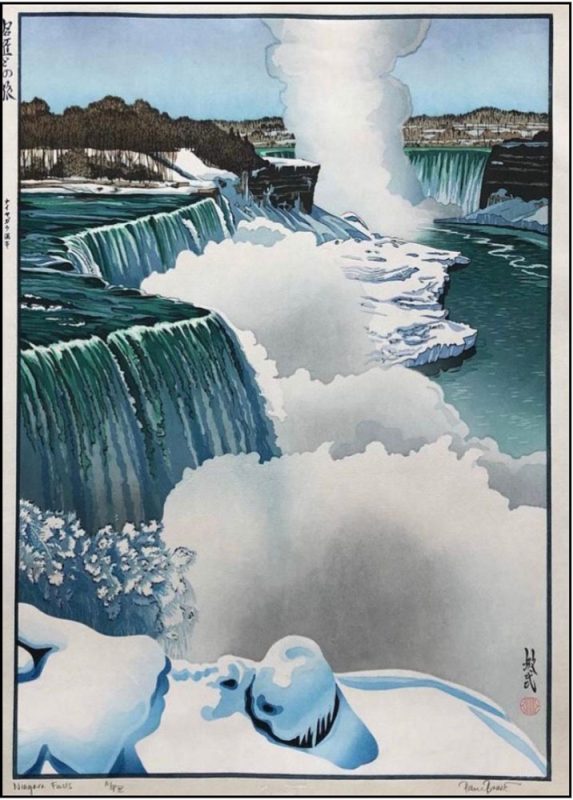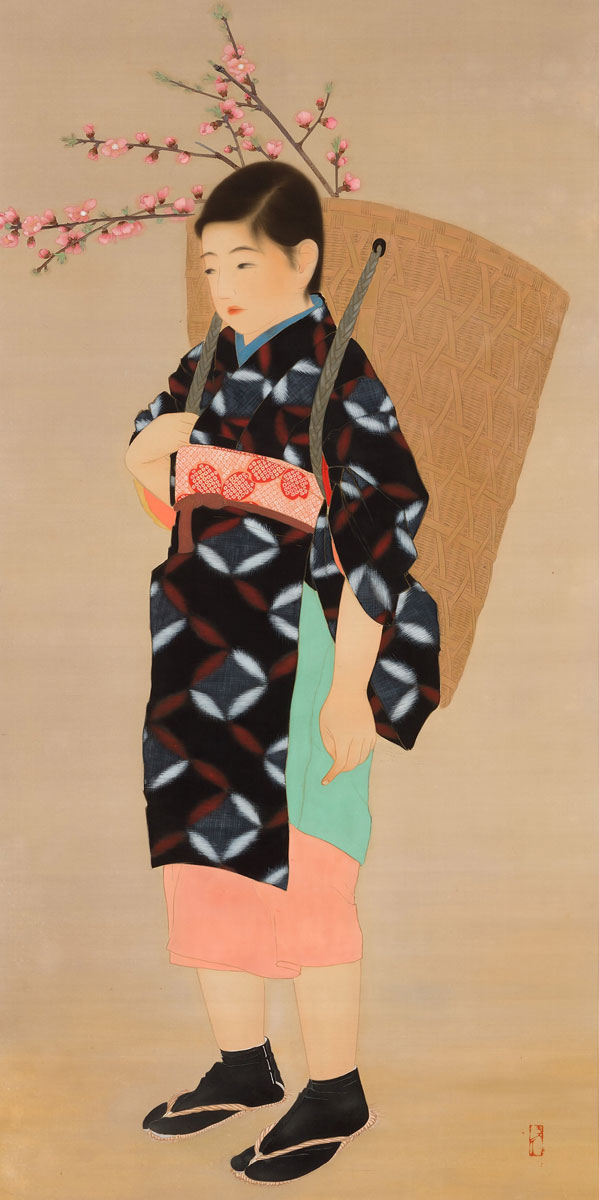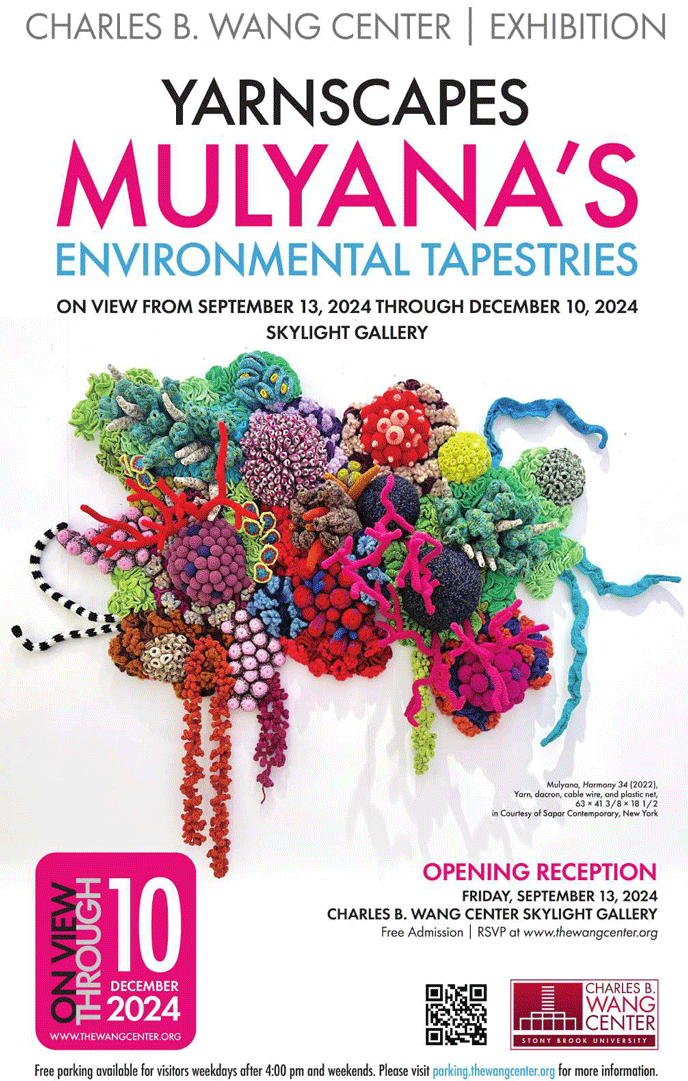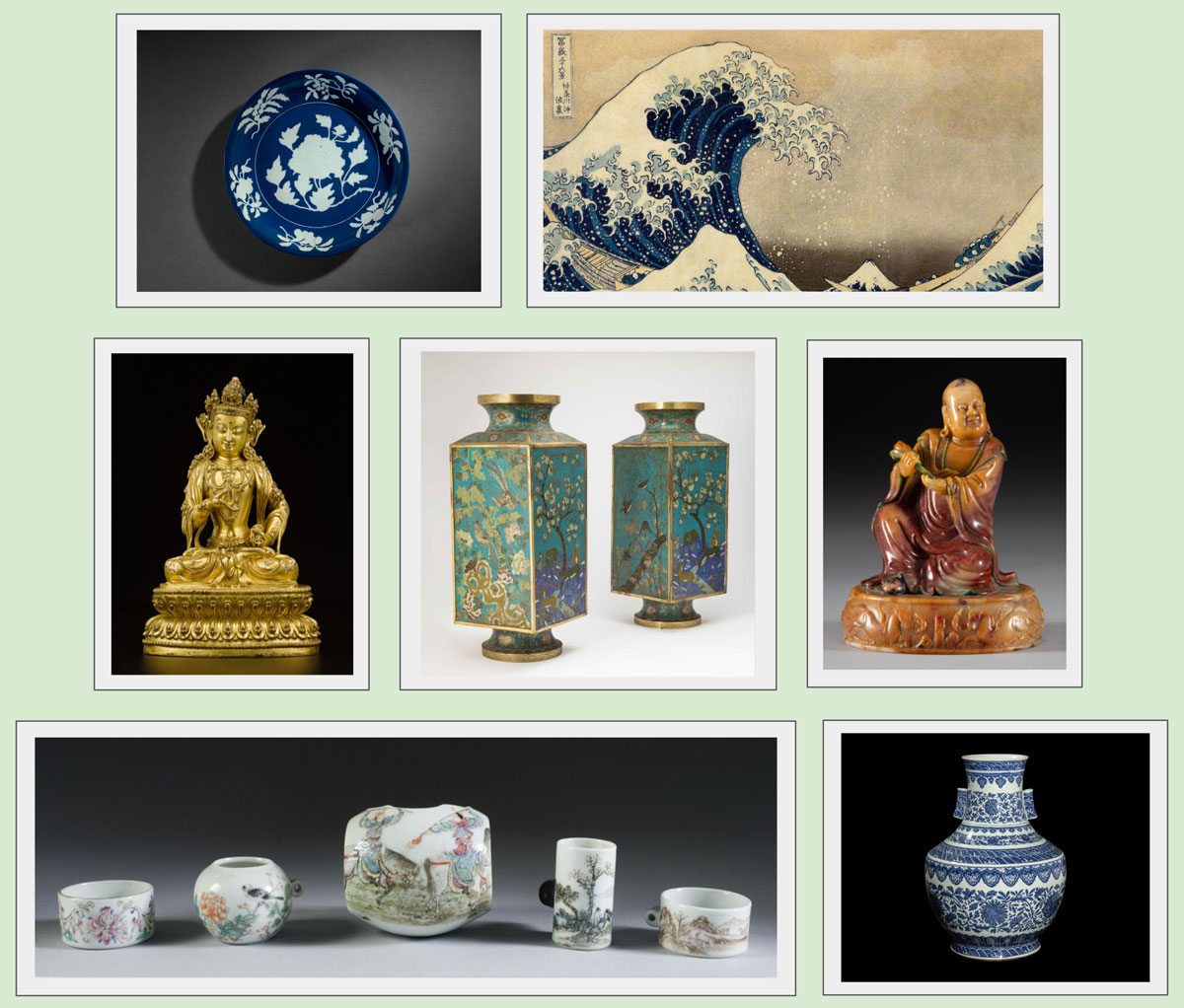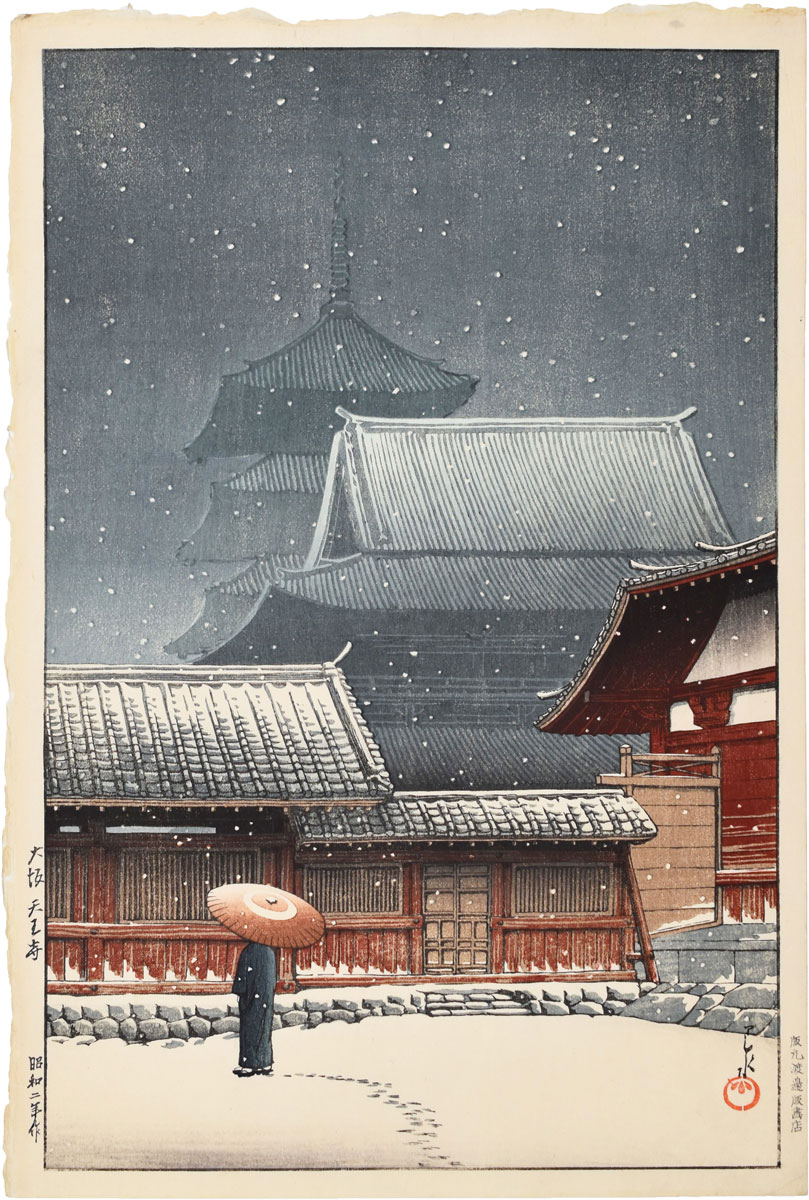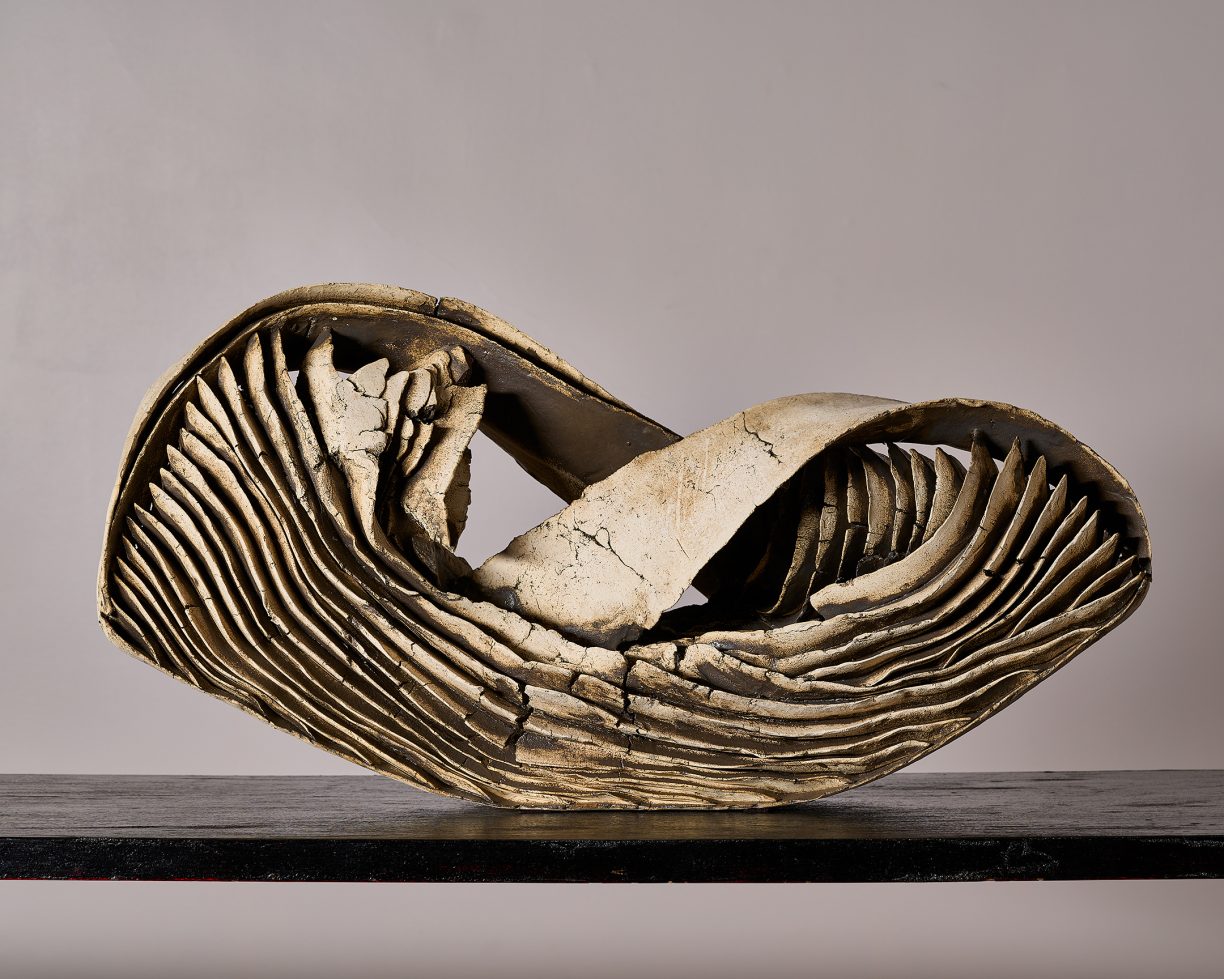Seven AWNY member auction houses bringing together an exquisite collection of masterpieces that celebrate the diversely, rich traditions of Asia are excited to present their Asian Art sales for this upcoming Autumn 2024 season!
Below is a schedule of previews and sales from Bonhams, Christie’s, Doyle, Freeman’s|Hindman, Heritage, iGavel and Sotheby’s. For more information, please click on the link associated with each sale and to help plan out your days, click here for our handy map.
BONHAMS
Asia Week New York Auctions: Sept 16–18, 2024
580 Madison Ave, NYC
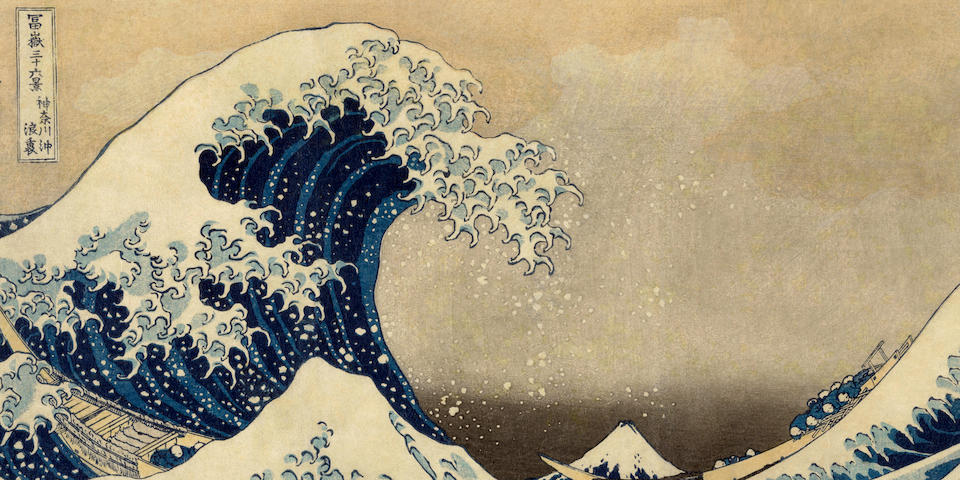
Katsushika Hokusai (1760-1849), Kanagawa-oki nami-ura (Under the Wave off Kanagawa), commonly referred to as The Great Wave, circa 1830-1831, Estimate: US$700,000–900,000, Lot 506, A Private Collection of Japanese Prints and Watercolors, September 18
Chinese Ceramics and Works of Art
Previews: September 11–15, 10am-5pm
Auction: Monday, September 16 at 9am
→ Learn more
The Robert and Florette Weiss Collection of Chinese Snuff Bottles
Previews: September 11–15, 10am-5pm
Auction: Monday, September 16 at 3pm
→ Learn more
Classical and Modern Chinese Paintings
Previews: September 11–16, 10am-5pm
Auction: Tuesday, September 17 at 9am
→ Learn more
A Private Collection of Japanese Prints and Watercolors
Previews: September 11–16, 10am-5pm; Sept 17, 10am-3pm
Auction: Wednesday, September 18 at 10am
→ Learn more
Fine Japanese Art and Korean Art, including Japanese Art from the Collection of Alan Simone Hartman
Previews: September 11–16, 10am-5pm; Sept 17, 10am-3pm
Auction: Wednesday, September 18 at 12pm
→ Learn more
Chinese Works of Art and Paintings Online
Online Auction: September 20–30, 2024 at 12pm
→ Learn more
CHRISTIE’S
Asia Week New York Auctions: September 17–26, 2024
20 Rockefeller Plaza, NYC

An Exceptionally Rare and Large Blue and White Reserve-Decorated ‘Peony’ Dish, Xuande Six-Character Mark in Underglaze Blue in a Line and of the Period (1426-1435), Estimate: US$1,000,000-1,500,000, Lot 1038, Important Chinese Ceramics and Works of Art, September 19
Japanese and Korean Art
Previews: September 13–14 &16, 10am-5pm; Sept 15, 1-5pm
Auction: Tuesday, September 17 at 10am
→ Learn more
South Asian Modern + Contemporary Art
Previews: September 13–14 & 16–17, 10am-5pm; Sept 15, 1-5pm
Auction: Wednesday, September 18 at 10am
→ Learn more
Important Chinese Ceramics and Works of Art
Previews: September 13–14 & 16–17, 10am-5pm; Sept 15, 1-5pm; Sept 18, 10-2pm
Auctions: Thursday, September 19 at 9am & Friday, September 20 at 9am
→ Learn more
New Wave: Icons of Modern Japanese Prints Online
Previews: September 13–14 & 16, 10am-5pm; Sept 15, 1-5pm
Online Auction: September 11, 10am – September 24, 10am EDT
→ Learn more
Indian, Himalayan and Southeast Asian Works of Art
Previews: September 13–14 & 16–17, 10am-5pm; Sept 15, 1-5pm
Online Auction: September 11, 10am – September 25, 10am EDT
→ Learn more
Arts of Asia Online
Previews: September 13–14 & 16–17, 10am-5pm; Sept 15, 1-5pm; Sept 18, 10am-2pm
Online Auction: September 11, 10am – September 26, 10am EDT
→ Learn more
DOYLE
Asia Week New York Auctions: Sept 17–18, 2024
175 East 87th Street, NYC
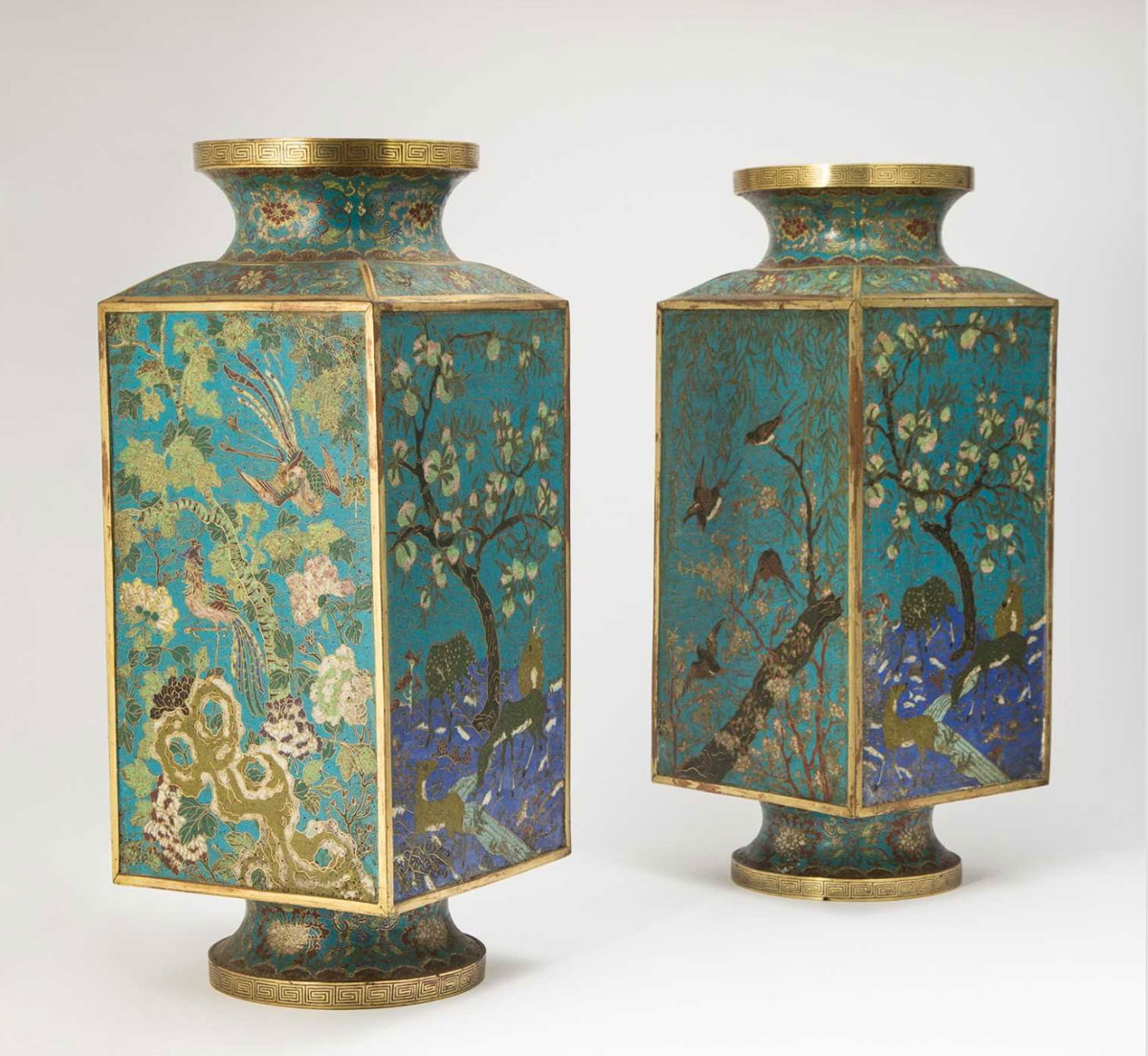
A Pair of Impressive Chinese Cloisonne Enamel Cong Vases, incised Qianlong Mark and of the Period, H: 21.5 in., Estimate: US$10,000-15,000, Lot 127, Asian Works of Art, September 17
Asian Works of Art
Previews: September 13–16, 12-5pm
Auction: Tuesday, September 17 at 10am (Lots 1-359)
→ Learn more
Decorative Asian Art
Previews: September 13–16, 12-5pm
Auction: Wednesday, September 18 at 10am (Lots 401-787)
→ Learn more
FREEMAN’S | HINDMAN
Asia Week New York Auction: Sept 20, 2024
32 East 67th Street, NYC
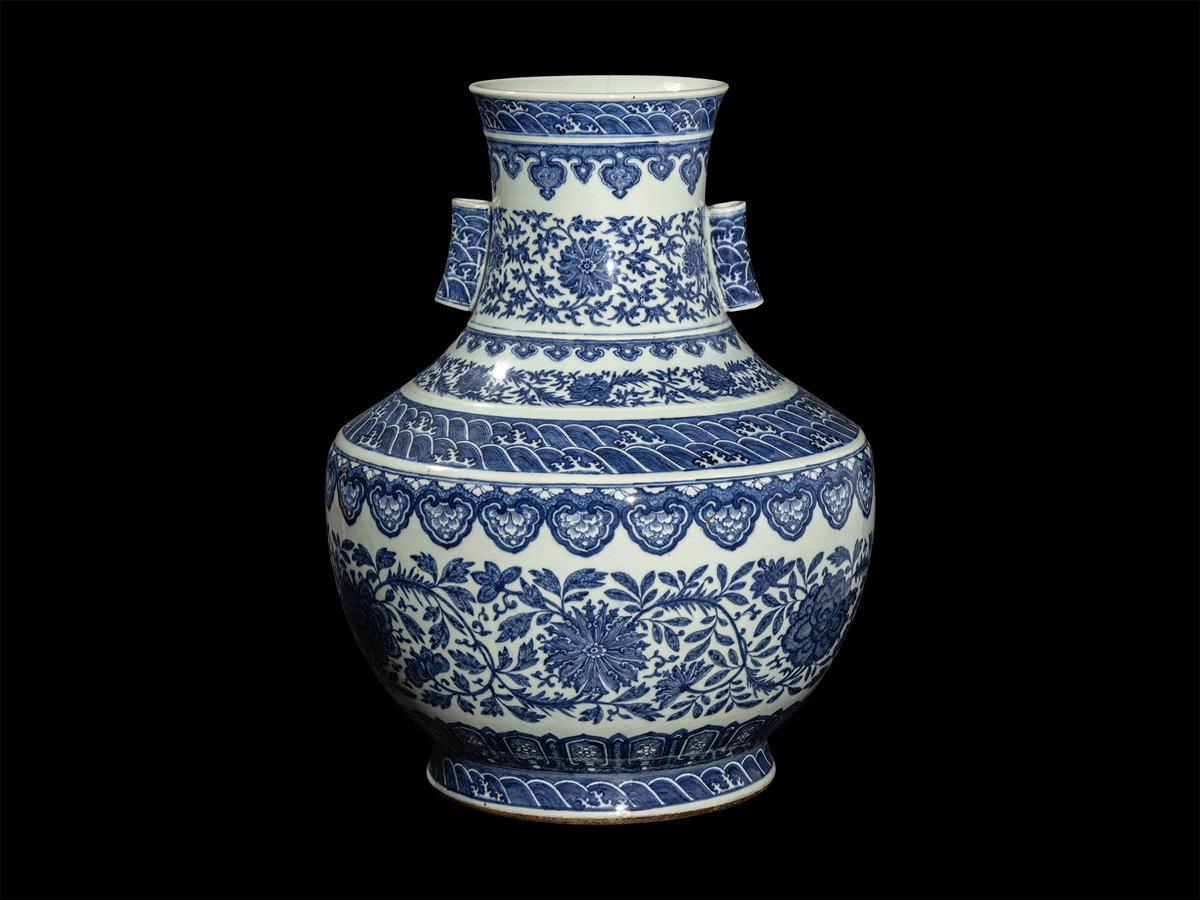
A Large and Fine Chinese Blue and White Porcelain Hu Vase, Qing Dynasty
Asian Works of Art – Sale 2025
Previews: September 14–19, 10am-5pm
Auction: Friday, September 20 at 10am
→ Learn more
HERITAGE AUCTIONS
Asia Week New York Auctions: Sept 24–26, 2024
445 Park Avenue, NYC (Preview Location)
2801 W. Airport Freeway, Dallas (Auction Location)
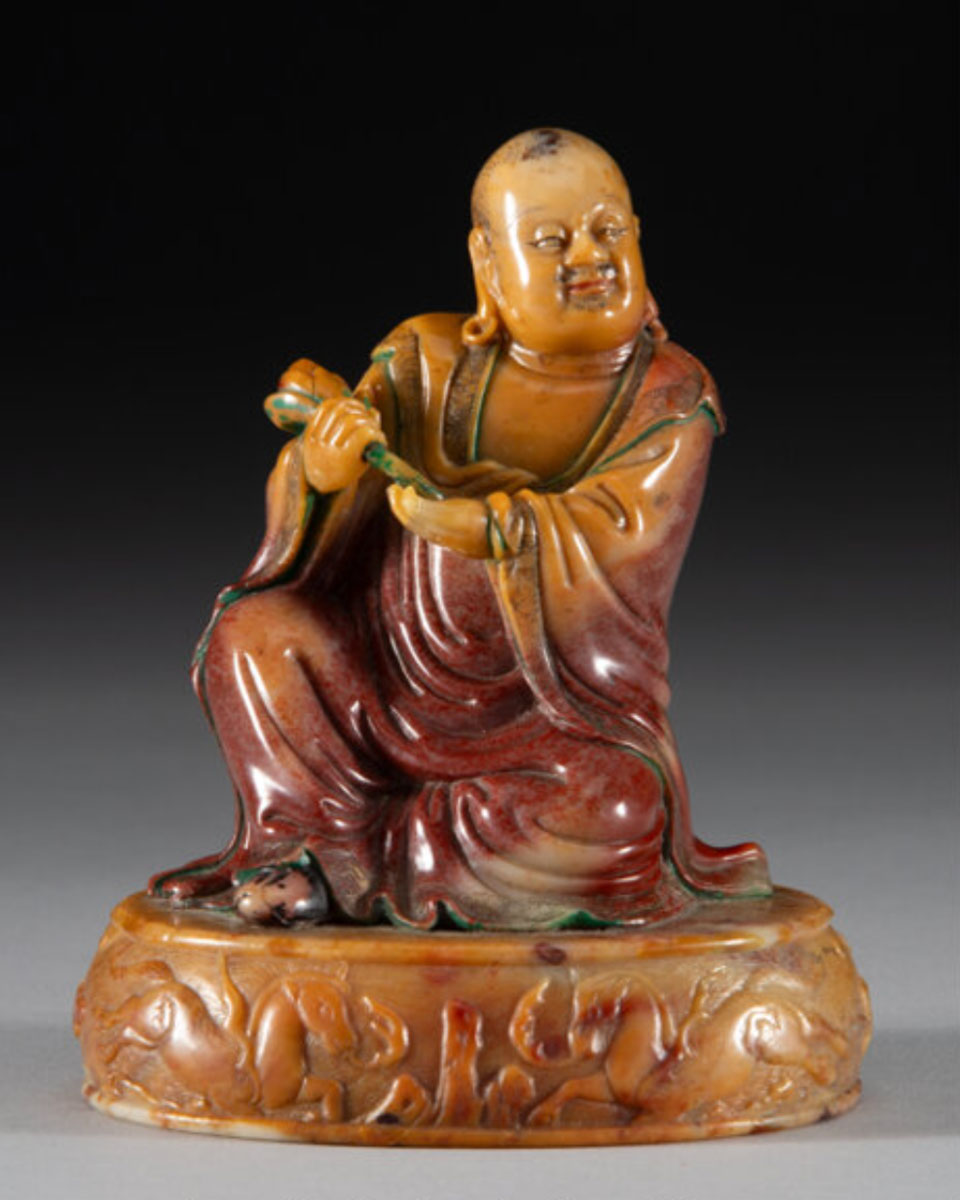
A Chinese Carved Soapstone Figure of Luohan, Ming dynasty, 4 x 3-1/4 in. (10.2 x 8.3 cm), Estimate: US$8,000-12,000, Lot #78082 , Fine & Decorative Asian Art Signature® Auction #8177, September 24
Fine & Decorative Asian Art Signature® Auction #8177
Previews dates, times & locations:
September 19–20, 10am-5pm (full preview by appnt at 2801 W. Airport Freeway, Dallas)
September 18–20 & 23–24, 10am-5pm (selected highlights by appnt at 445 Park Avenue, NYC)
Auction date, time & location: Tuesday, September 24 at 11am EDT at 2801 W. Airport Freeway Dallas
→ Learn more
Japanese Woodblock Prints from The Nelkin Collection Part II Signature® Auction #8152
Previews: September 18–20 & 23–24, 10am-5pm (full preview by appnt at 445 Park Ave, NYC)
Auction: Wednesday, September 25 at 11am EDT at 2801 W. Airport Freeway, Dallas
→ Learn more
Fine & Decorative Arts from The Nelkin Collection Showcase Auction #15232
Online Auction: Thursday, September 26 at 11am EDT
→ Learn more
iGAVEL
Asia Week New York Auctions: Sep 10–Oct 11, 2024
227 East 120th Street, NYC

A Chinese Carved Soapstone Figure of Luohan, Ming dynasty, 4 x 3-1/4 in. (10.2 x 8.3 cm), Estimate: US$8,000-12,000, Lot #78082 , Fine & Decorative Asian Art Signature® Auction #8177, September 24
A Series of Three Online Auctions from a Round Top TX Ranch Chinese Works of Art
Presented by Lark Mason Associates
Previews: September 13–20 (closed Sunday), 9:30am-4pm
Online Auction: September 10–October 11
→ Learn more
Chinese and Other Asian Works of Art
Presented by: Lark Mason Associates
Online Auction: October 1–15
→ Learn more
SOTHEBY’S
Asia Week New York Auctions: Sept 17–18, 2024
1334 York Avenue, NYC
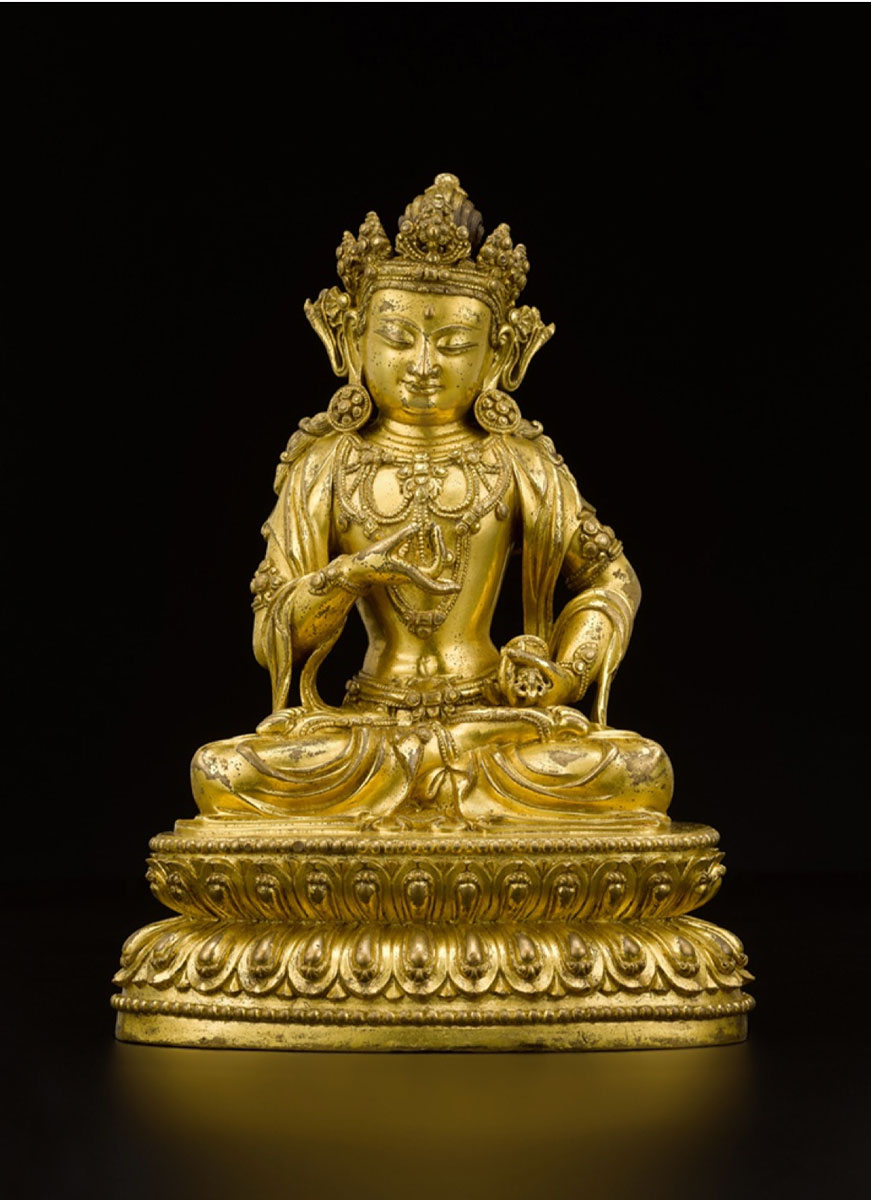
A Gilt-Bronze Figure of Vajrasattva, Mark and Period of Yongle; Estimate: US$400,000-600,000, Lot 308, Dharma and Tantra, September 17
Dharma and Tantra
Previews: September 12–13 & 16, 10am-5pm, Sept 14, 10am-6pm, Sept 15, 12-5pm
Auction: Tuesday, September 17 at 10am
→ Learn more
Chinese Art
Previews: September 12–13 & 16–17, 10am-5pm, Sept 14, 10am-6pm, Sept 15, 12-5pm
Auction: Wednesday, September 18 at 9am
→ Learn more
